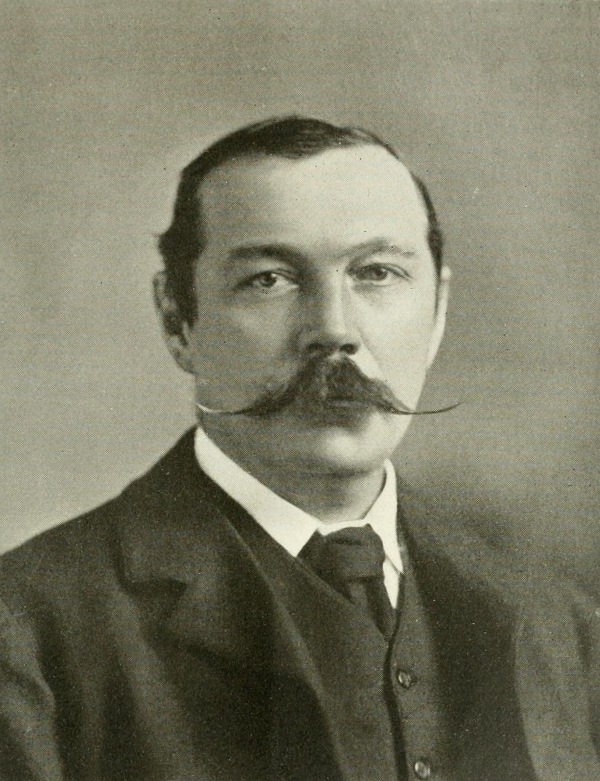Danger is Part Of My Trade
30th Oct 2017
This month is the 125th anniversary of the publication of the much-loved novel 'The Adventures of Sherlock Holmes' by Sir Arthur Conan Doyle. How appropriate that the deducing detective, investigating sensational murder mysteries should have made his debut during the month of Halloween, 1892.
The inspiration for the character of Sherlock Holmes is still a topic of much discussion. Arthur Conan Doyle was a student at the University of Edinburgh where it is believed he was lectured by two men who were not only pioneers in forensic science but also police surgeons. Dr. Joseph Bell and Dr. Henry Littlejohn are both credited with inspiring the character. Their prowess for detecting was distinguished by The Scotsman newspaper when they gave evidence at a trail, the Ardlamont case, in 1893. The trial, for one of Scotland’s most famous murder mysteries, was ongoing whilst Conan Doyle was writing The Final Problem. Although this was the year following the publication of Adventures, it was a public display of what Doyle had observed for years.
Dr. Joseph Bell was the professor that Sir Arthur was able to observe most closely as he accompanied the doctor on house calls during his second year of university study. Dr. Bell was a great advocate of close observation being the key to solving crimes through the application of forensics. His students, including Conan Doyle, were impressed by his ability to observe a patient and draw conclusions about their occupation and lifestyle. Bell would use accents to tell where a patient was from, sailor’s tattoos to deduce where they had been and their gait, or walking style, as indications of what they had done throughout their life. He could also differentiate between different types of calluses and scars on patient’s hands and bodies, much as Sherlock Holmes is want to do.
Dr. Henry Littlejohn was a man who had a great influence on the improvement of living conditions in the city. The work of Dr. Henry Littlejohn may have been of particular interest to the Holmes author, for Conan Doyle was himself a doctor who tended to the patients of the city. He tells of one story when he was called to a building in a poorer district. In addition to wading through the nastiness in the streets, he had to haul his medical bag up 8 flights of stairs. As he approached the 8th floor he looked up to see, not his patient, but the most ginormous pig he had ever clapped eyes on. The pig grunted and snuffled around as Doyle edged past it. He went into the room where his patient lay and tried to be professional. However, curiosity got the better of him and he asked how on earth the patient had got such a large pig up all those stairs. The answer was simple. The creature had not been carried into the building, it was born there. A long time before a small piglet had been brought into the flat. People had not just been living in close quarters with other humans; they had been breeding animals in their cramped homes as well.
Arthur Conan Doyle is remembered around Edinburgh, you will spot his statue just off York Place. You can find out more about the influential characters of Edinburgh on our daily walking tour.

